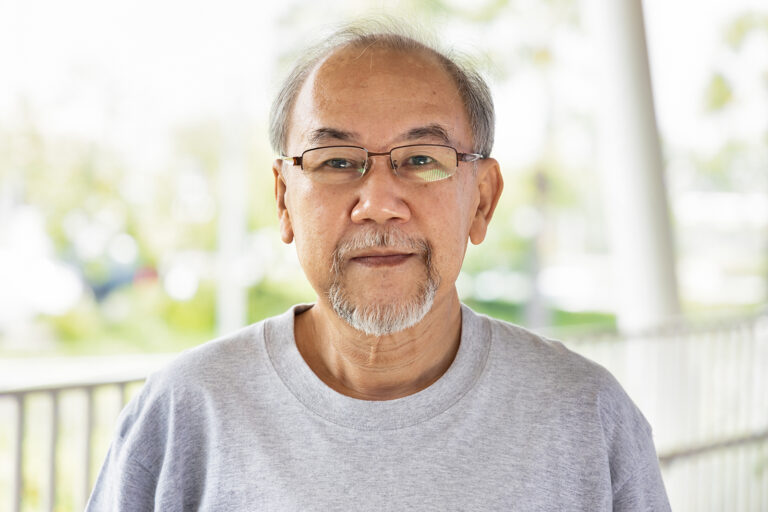Digital platforms have the potential to bridge gaps and foster inclusivity across diverse populations. As a creative global health engagement agency, we believe in the power of utilising these platforms to reach underrepresented communities. These communities often include individuals from various ethnic backgrounds, different sexes and genders, rural areas, the elderly, those with lower education status, and those facing linguistic barriers. Understanding their unique needs and leveraging digital tools effectively can transform the landscape of inclusivity and engagement.
Understanding underrepresented communities
Underrepresented communities encompass a wide range of groups that are often marginalised or overlooked in mainstream discourse and services. These communities include, but are not limited to:
Ethnic minorities: Individuals from diverse racial and ethnic backgrounds who may face systemic barriers and lack representation in various sectors.
Gender and sexual minorities: People who identify as LGBTQIA+ or who do not conform to traditional gender roles, often experiencing exclusion and discrimination.
Rural populations: Residents of rural and remote areas who may lack access to the same resources and opportunities as those in urban settings.
Elderly individuals: Seniors who might struggle with digital literacy and access yet have a wealth of experience and knowledge to share.
Low education status: Individuals with lower levels of formal education who may face challenges in accessing and using digital platforms effectively.
Linguistic barriers: People who do not speak the dominant language fluently, making it difficult for them to engage with mainstream digital content.
The role of digital platforms
Digital platforms, including social media, websites, and mobile applications, offer powerful tools to engage these communities. Here’s how:
Creating inclusive content: Content must be culturally sensitive and inclusive. This means using diverse imagery, languages, and narratives that reflect the experiences of underrepresented communities. For example, creating multilingual content can make information more accessible to non-English speakers.
Utilising social media: Social media platforms like Facebook, Twitter, and Instagram can serve as vital channels for outreach. These platforms enable direct communication, community building, and real-time feedback. They are essential for campaigns that aim to raise awareness and mobilise support within and beyond these communities.
Mobile accessibility: Mobile technology is a crucial avenue for reaching rural populations and the elderly, many of whom may not have access to desktop computers. Mobile-friendly websites and applications can ensure that information and services are accessible to all, regardless of their location or tech proficiency.
Online communities and support groups: Creating online forums and support groups can provide safe spaces for marginalised individuals to share experiences and find support. For instance, forums dedicated to LGBTQIA+ youth can offer guidance and a sense of belonging, while elderly care groups can provide resources and social interaction for seniors.
Strategies for effective engagement
To effectively engage underrepresented communities, consider the following strategies:
Collaboration with community leaders: Partnering with trusted community leaders and organisations can enhance credibility and reach. These leaders can provide valuable insights and help tailor digital strategies to meet the specific needs of their communities. Working with local influencers and respected figures can also improve trust and acceptance of digital initiatives.
Focus on digital literacy: Investing in digital literacy programmes can empower individuals in these communities to better utilise digital tools. Workshops, tutorials, and accessible educational materials can make a significant difference. For the elderly, this might include hands-on training sessions on using smartphones, social media, and online services. For rural communities, offering basic internet usage courses can open up new opportunities for education and business. Tailoring these programmes to the educational levels and language proficiencies of participants is crucial for their success.
Feedback and adaptation: Continuous feedback from the community is essential. Use surveys, focus groups, and direct interactions to gather input and adapt your strategies accordingly. This iterative process ensures that the engagement remains relevant and effective. It also demonstrates a commitment to listening and responding to the needs of the community, fostering a sense of collaboration and trust.
Ethical data practices: Respect for privacy and ethical data practices is paramount. Ensure that data collection and use are transparent, consensual, and secure, especially when dealing with vulnerable populations. This involves clear communication about how data will be used, obtaining explicit consent, and implementing robust security measures to protect personal information.
Case studies of success
Several initiatives have successfully leveraged digital platforms to engage underrepresented communities:
The Trevor Project: The Trevor Project provides crisis intervention and suicide prevention services to LGBTQ+ youth, leveraging social media and mobile technology to offer immediate support. Through platforms like TrevorSpace, an online community for LGBTQ+ young people, they provide a safe space for sharing experiences and receiving support. Their success lies in their ability to reach young people where they are most active – online and on their mobile devices .
AARP’s digital literacy programmes: AARP has implemented various digital literacy programmes aimed at helping older adults navigate the digital world. These programmes include workshops, webinars, and online resources that teach seniors how to use technology effectively. By focusing on practical skills like using email, social media, and online banking, AARP empowers older adults to stay connected and independent.
Farm Radio International: Farm Radio International utilises mobile technology and radio to provide agricultural advice to farmers in rural Africa, bridging the information gap and boosting productivity. Their approach combines radio broadcasts with mobile phone-based services to disseminate information on best farming practices, weather forecasts, and market prices. This model has proven effective in reaching farmers who may not have access to the internet but do have mobile phones.
Engaging underrepresented communities through digital platforms is not just a technological challenge but a societal imperative. By creating inclusive content, utilising social media, ensuring mobile accessibility, and fostering online communities, we can make significant strides towards inclusivity. As a thought leader in this space, I am committed to driving these efforts forward, ensuring that everyone, regardless of their background or circumstances, can benefit from the digital revolution. Let us harness the power of digital platforms to create a more equitable and connected world.









